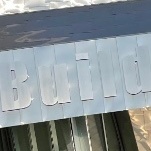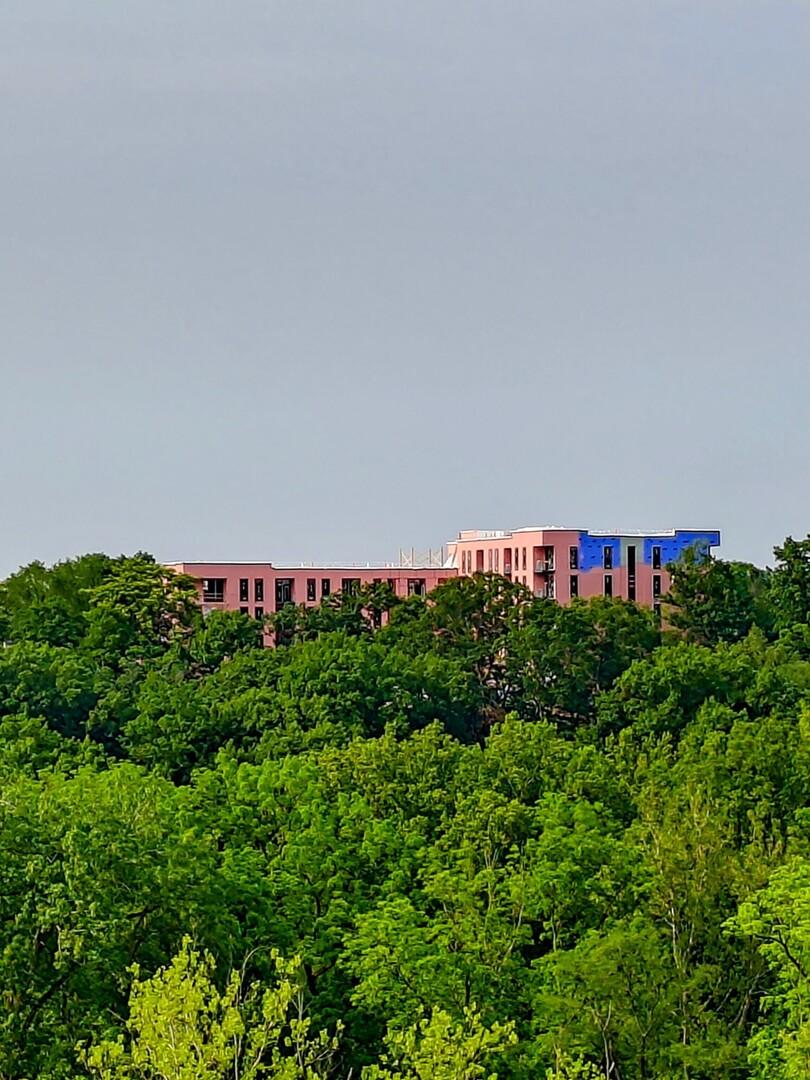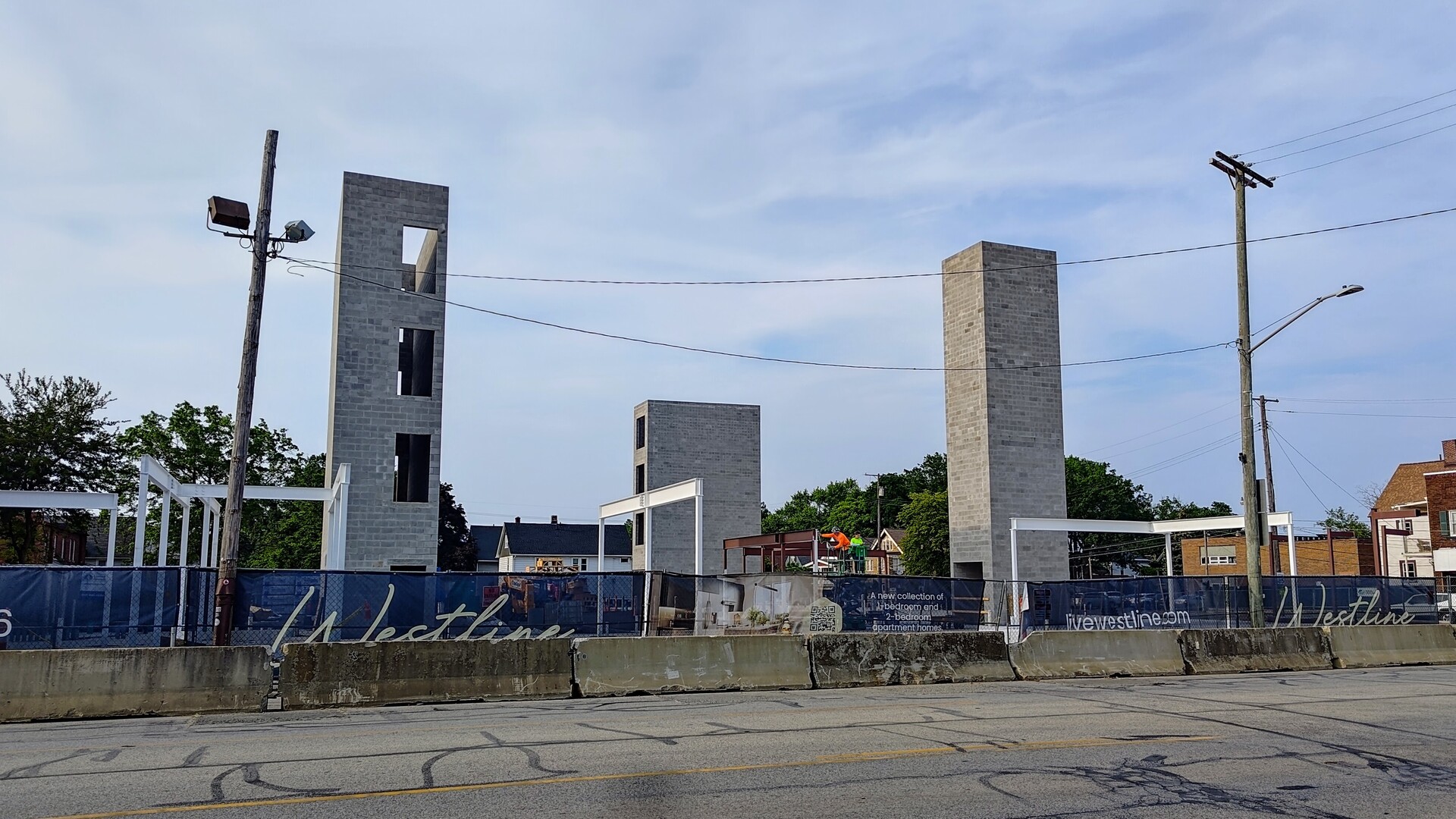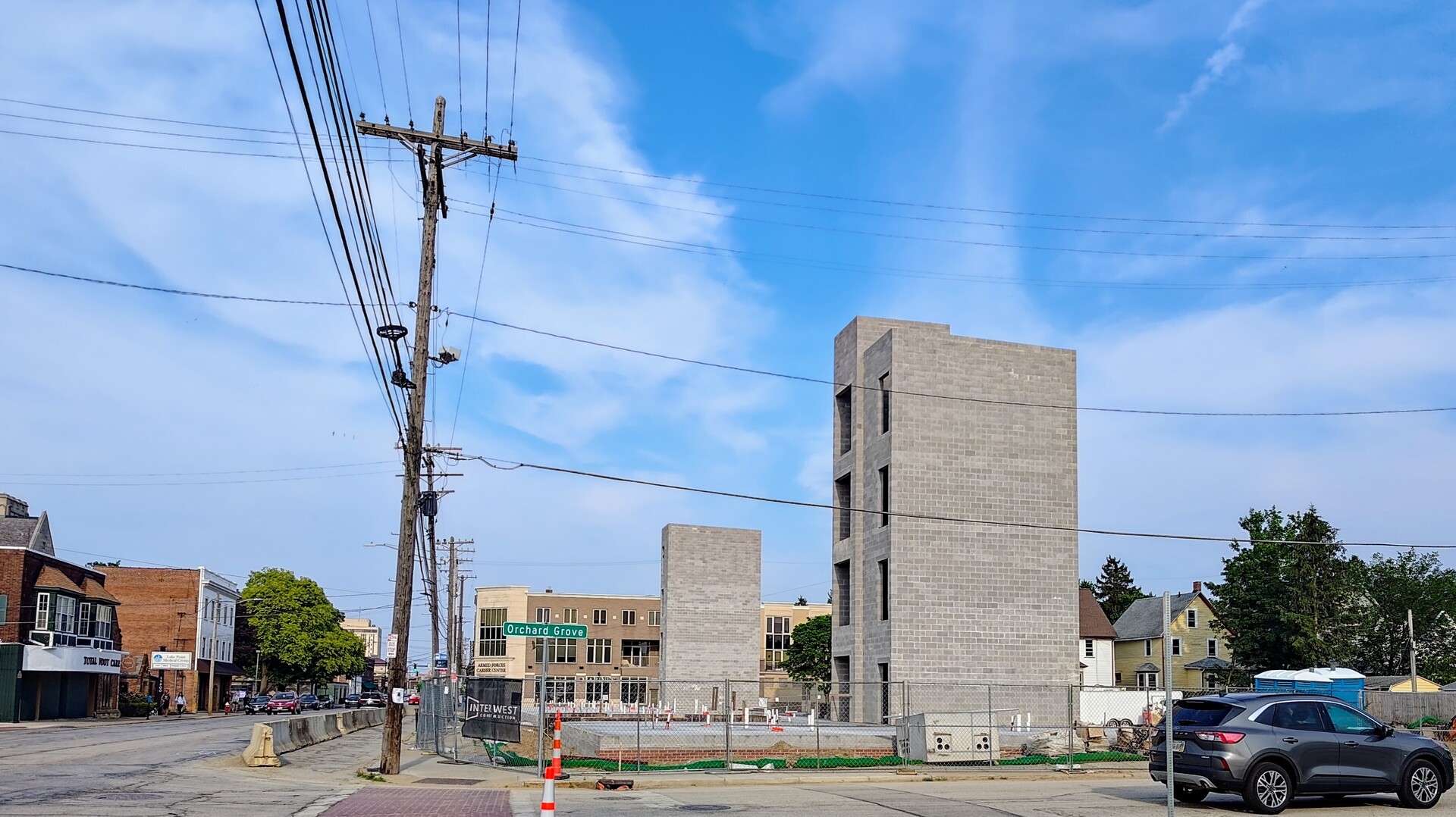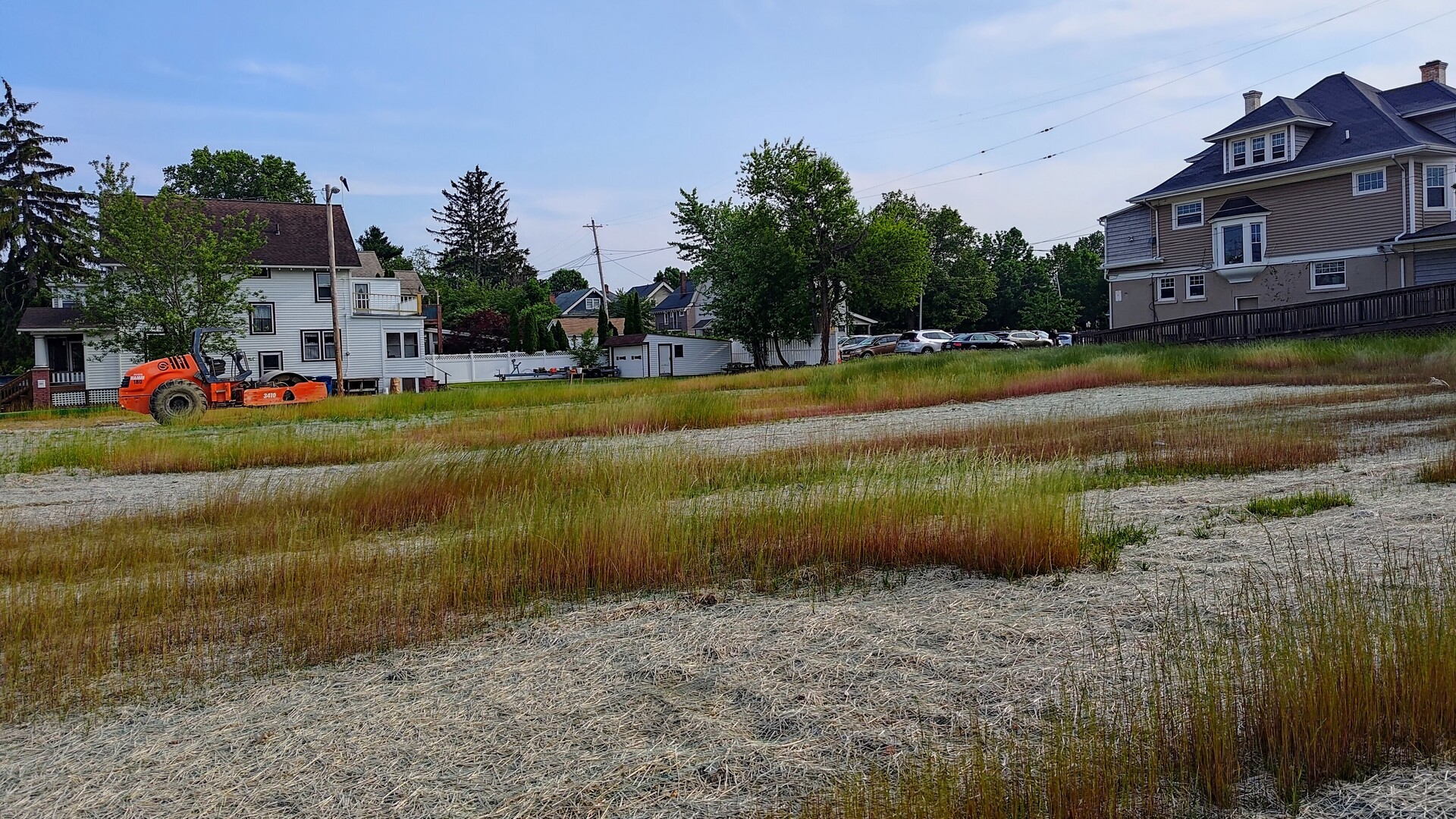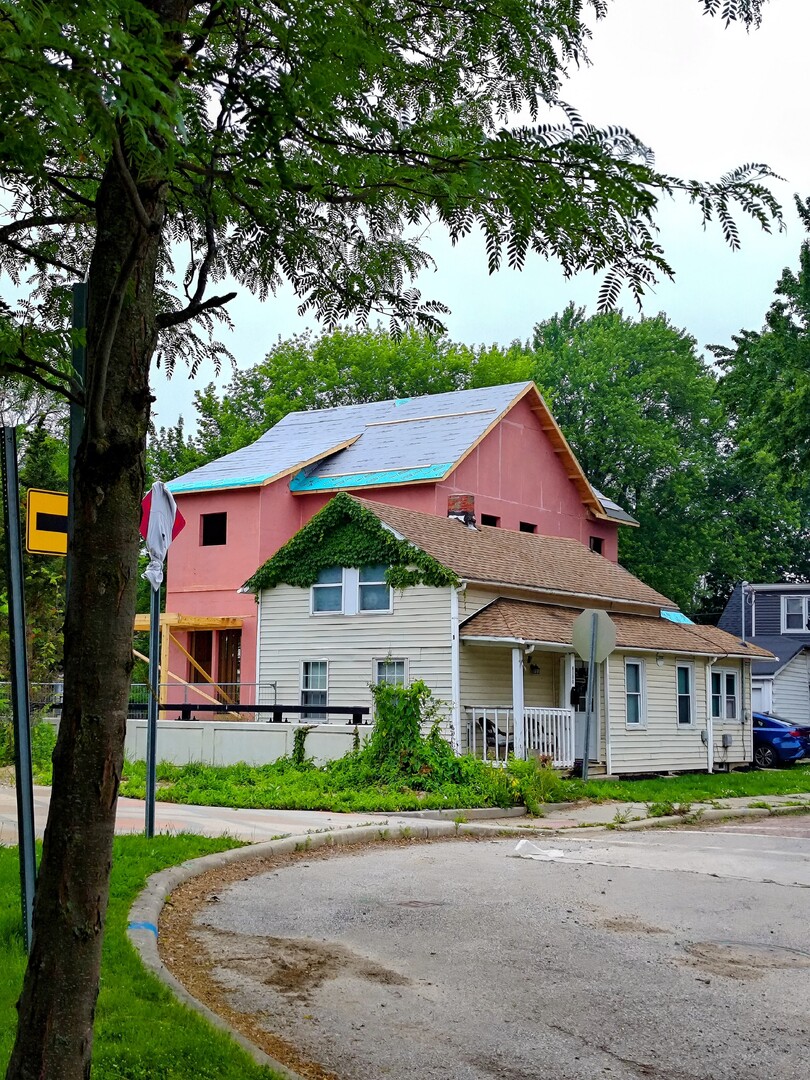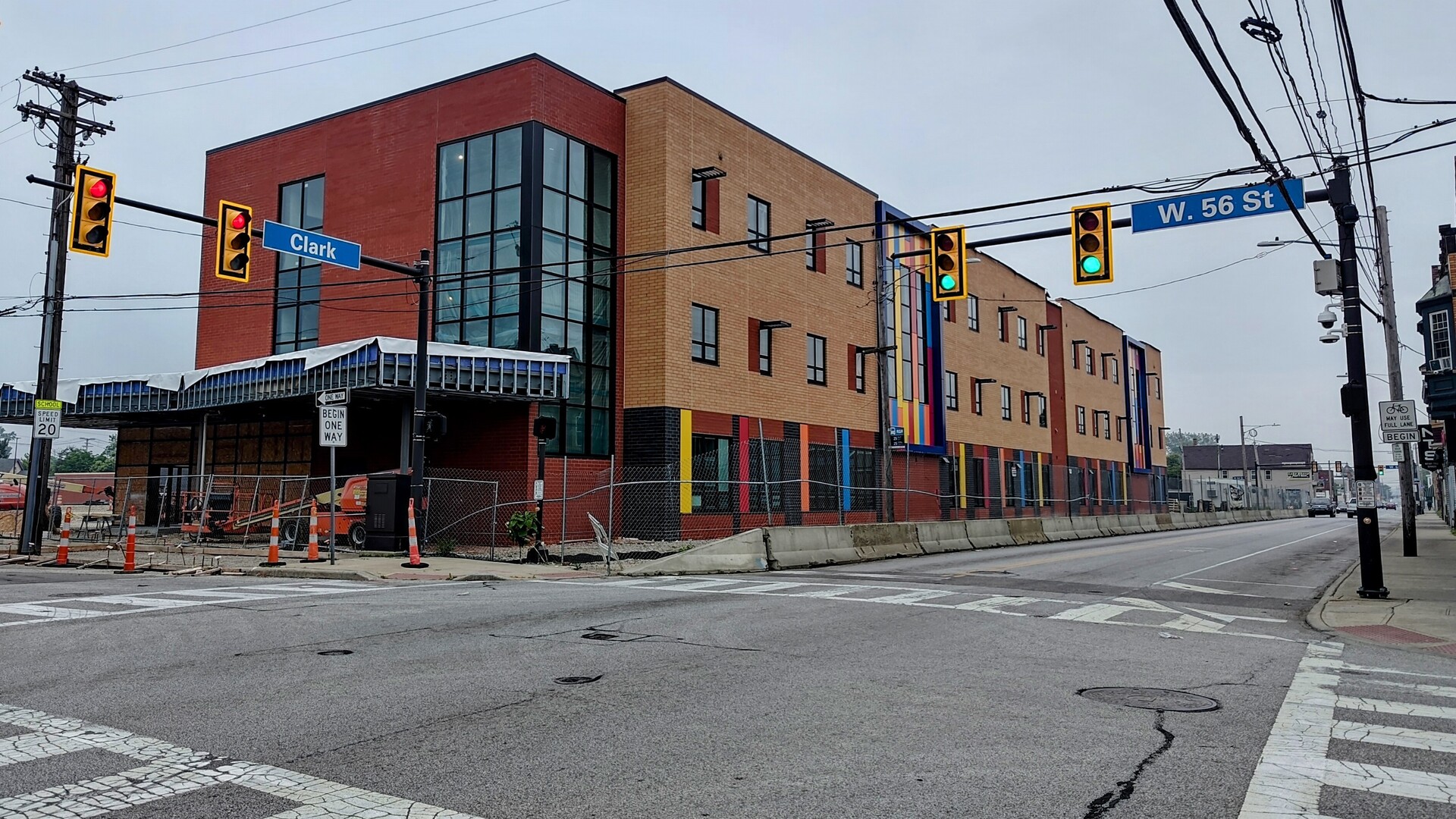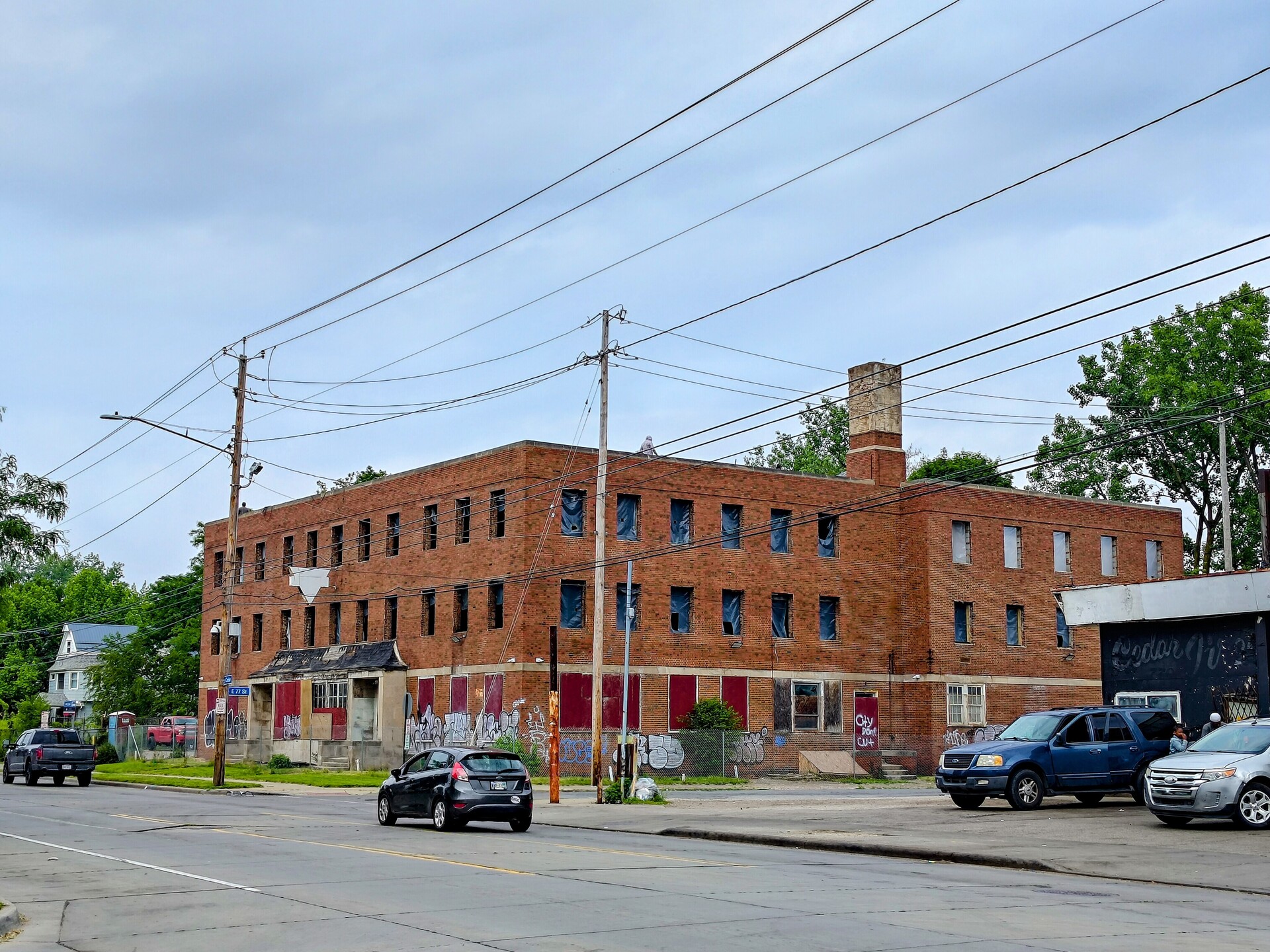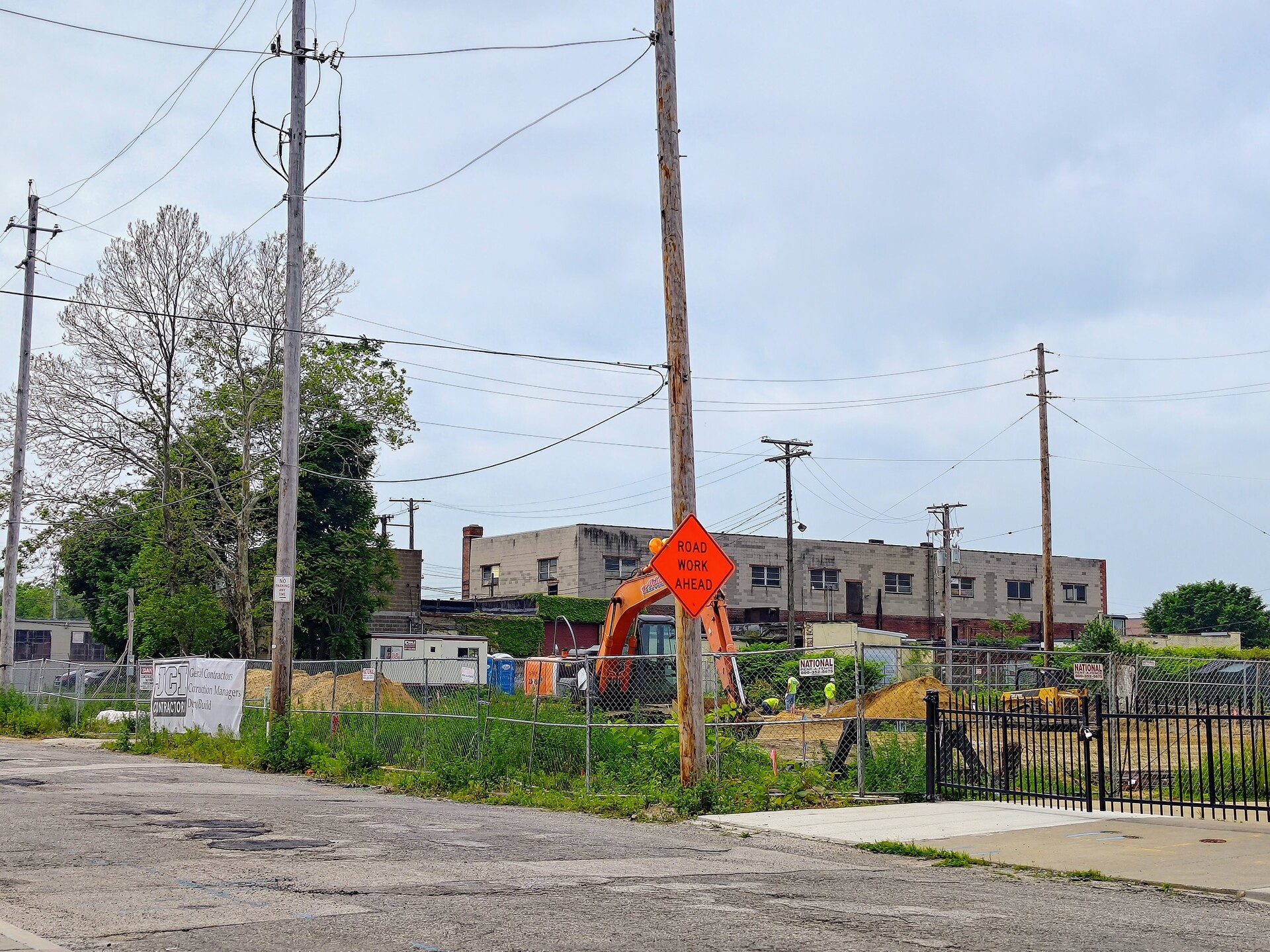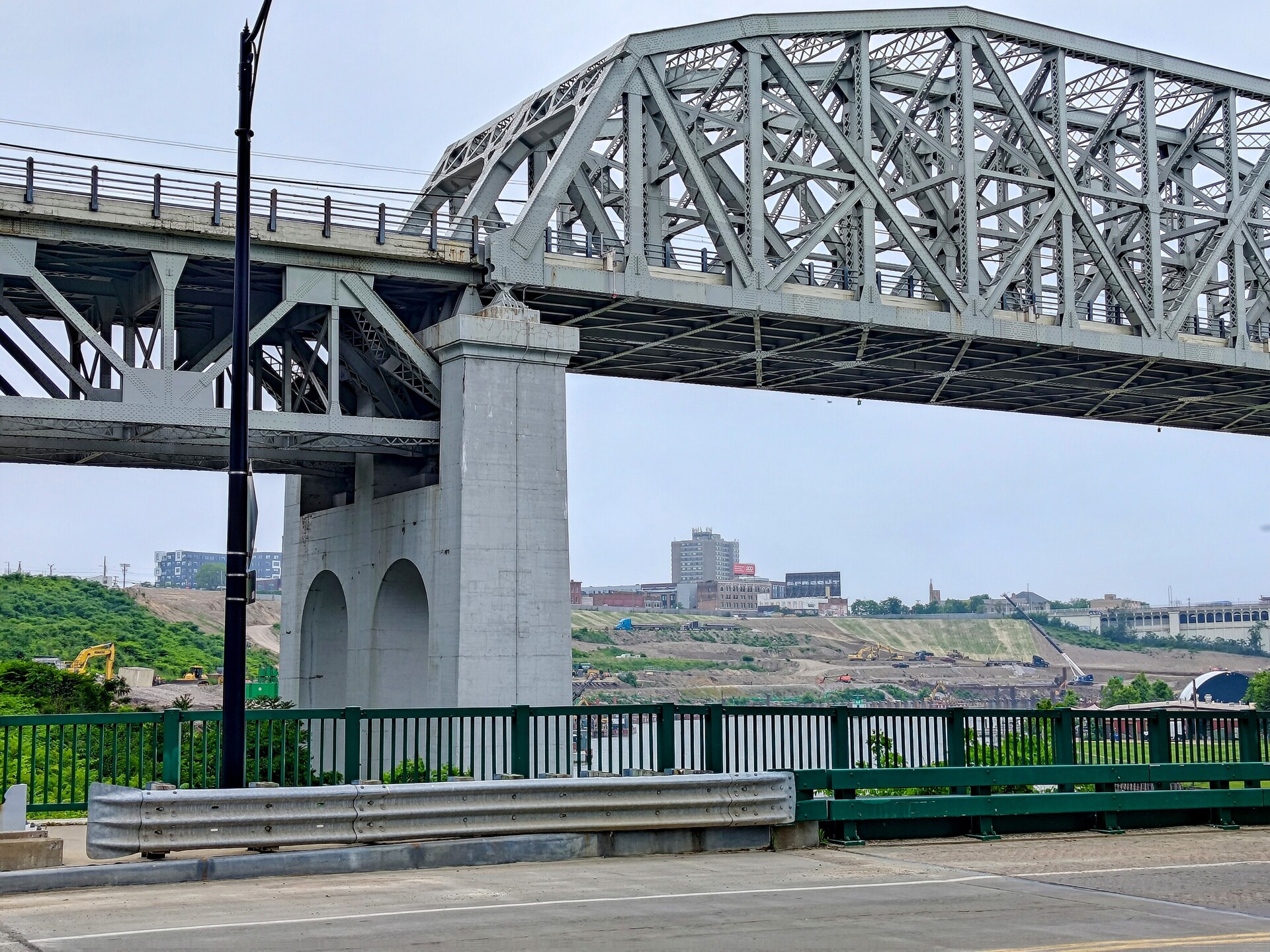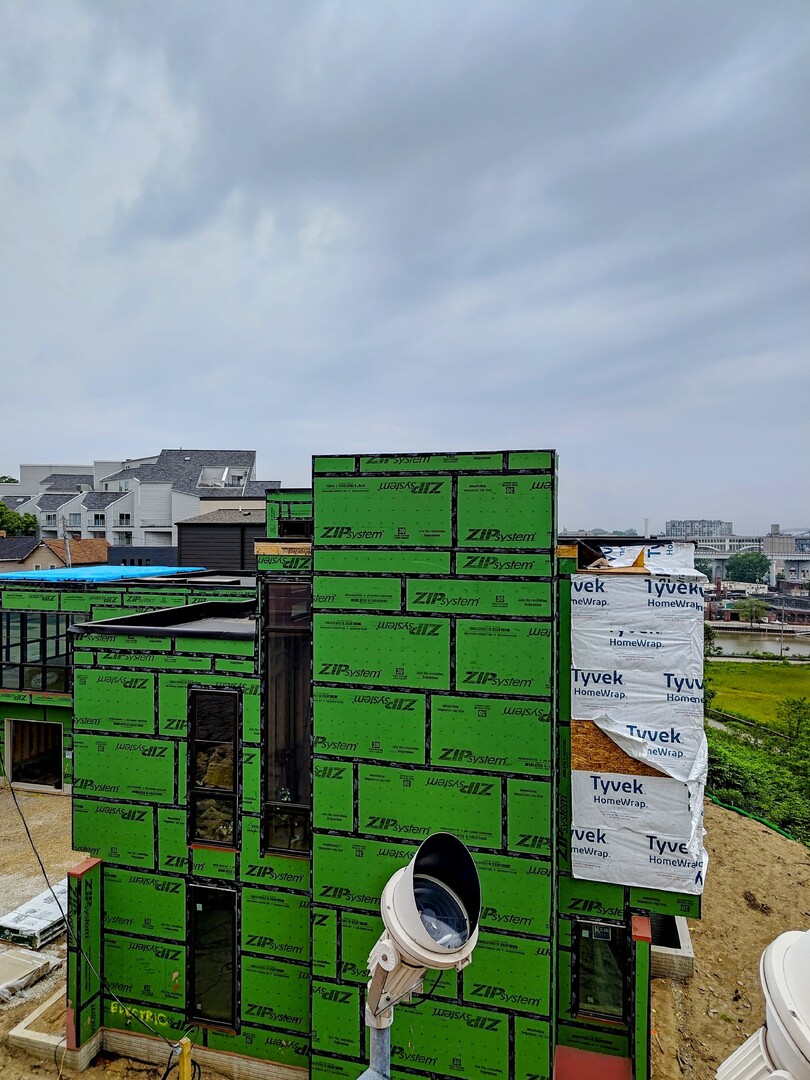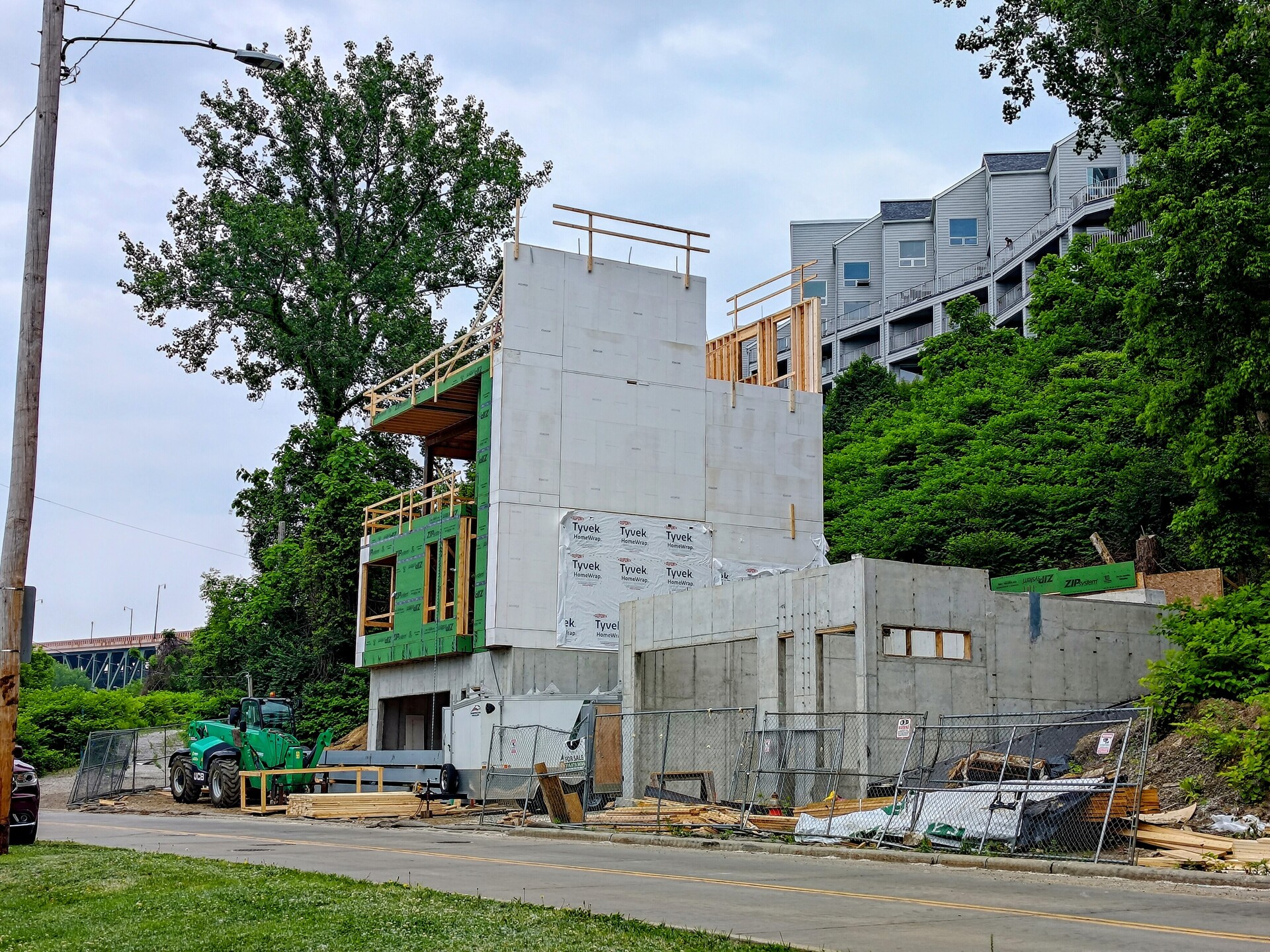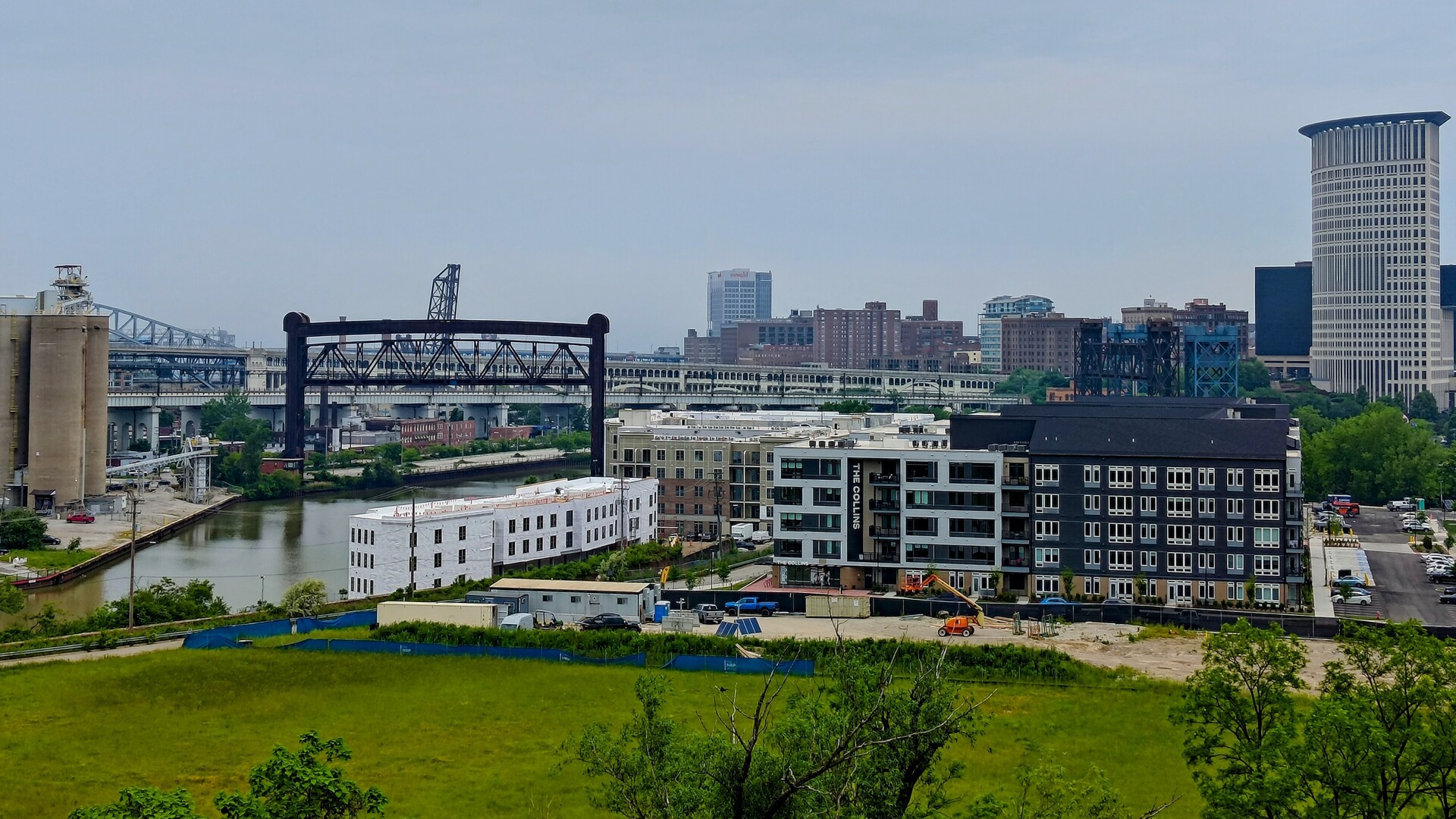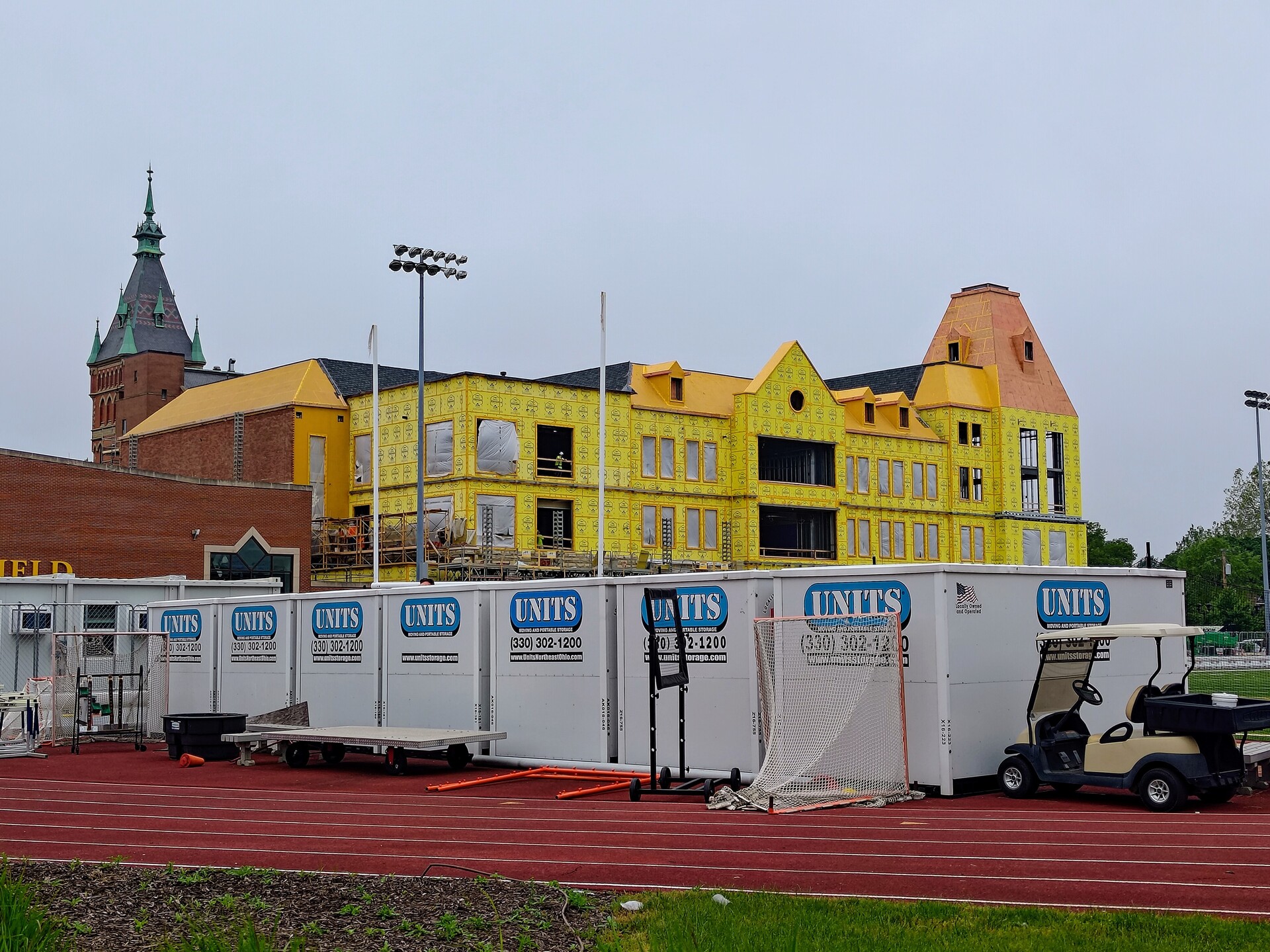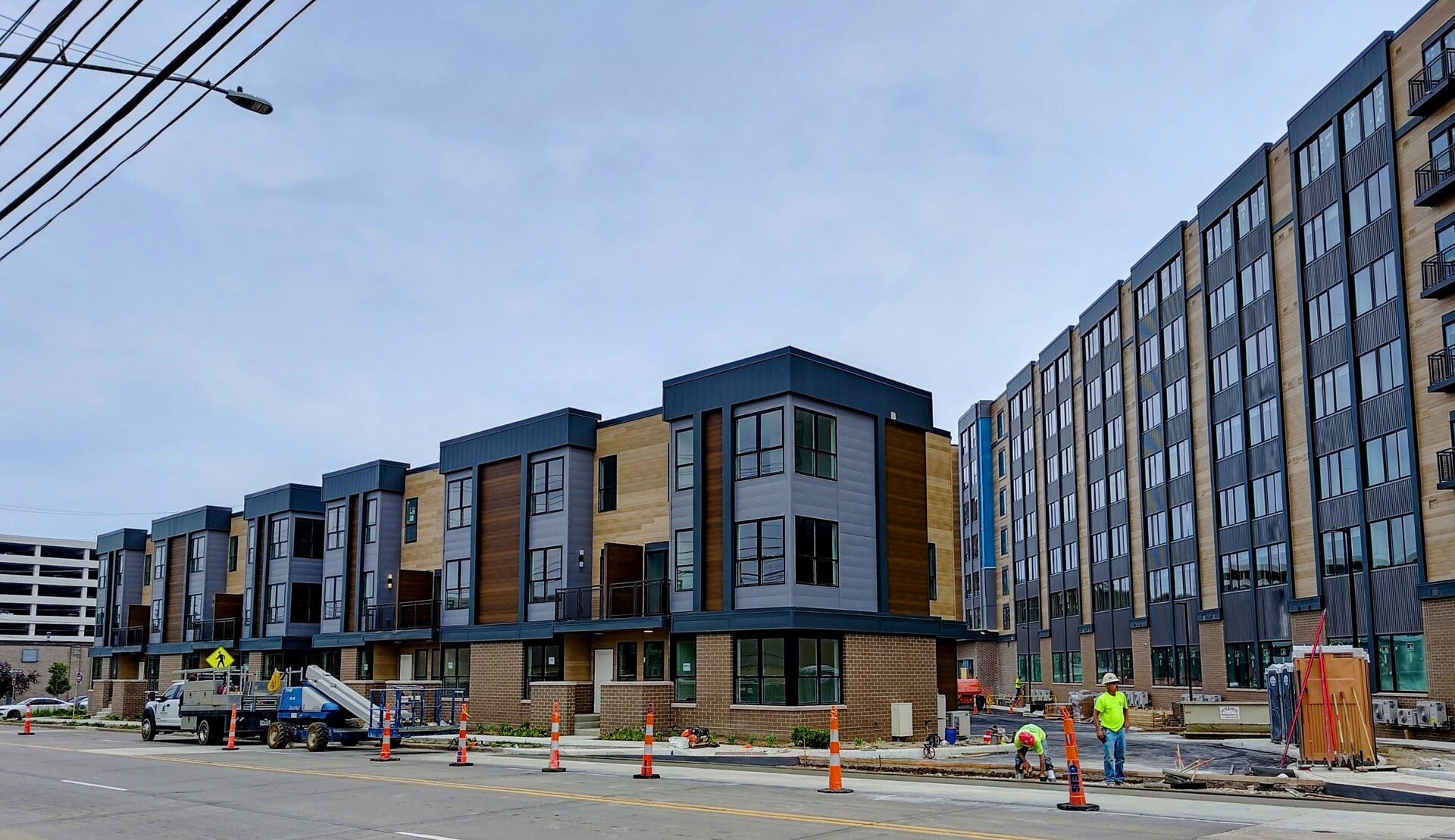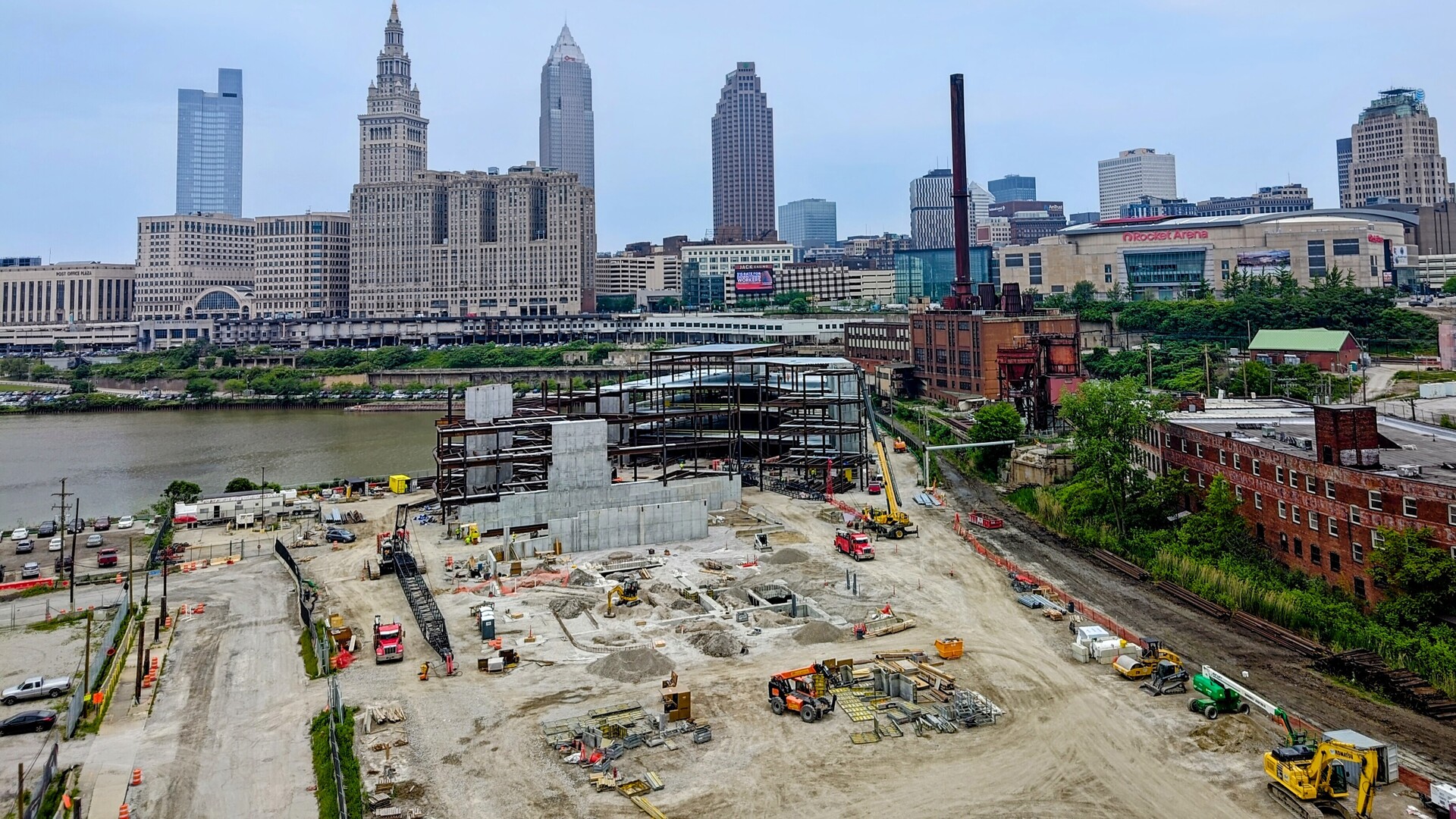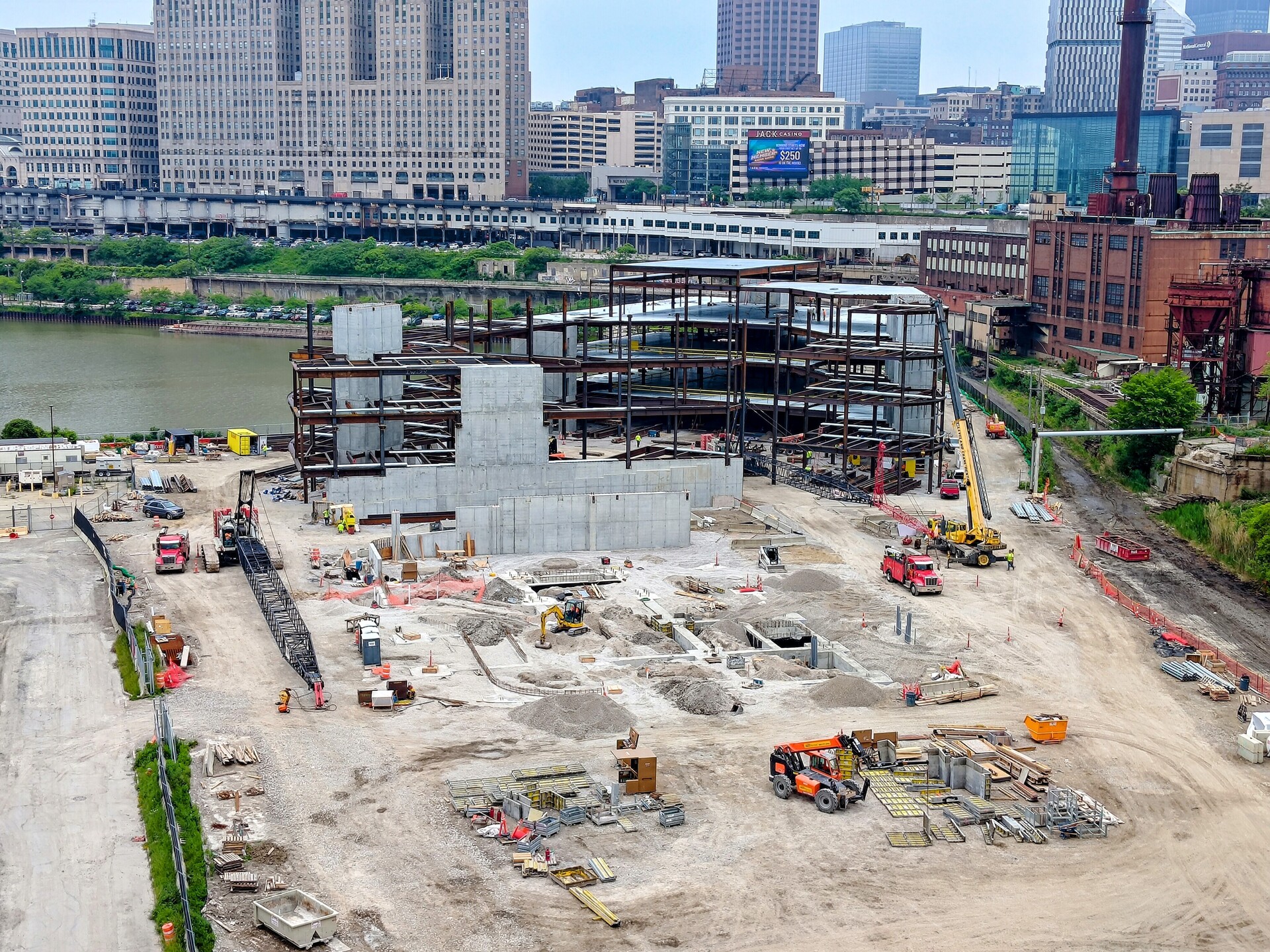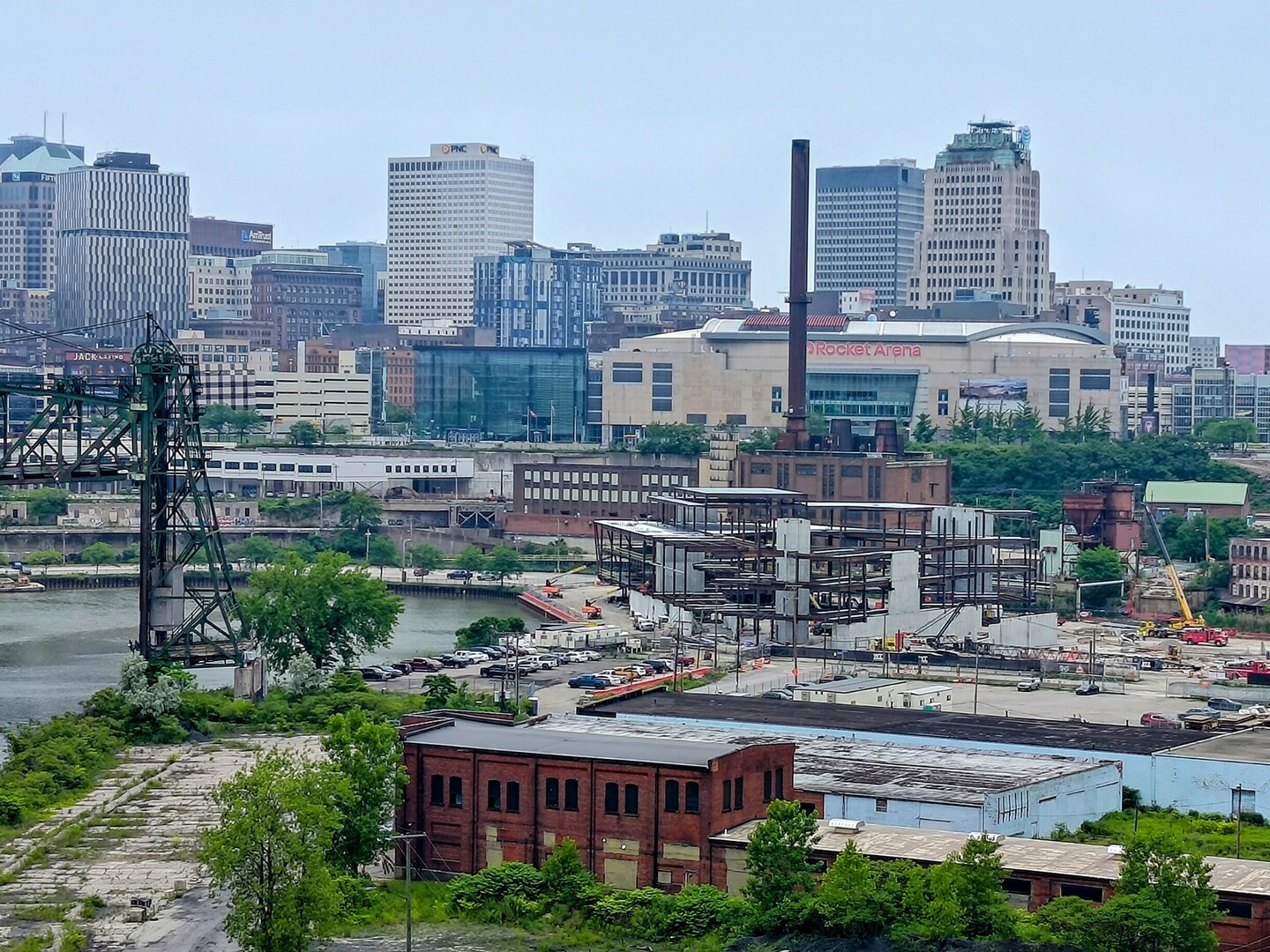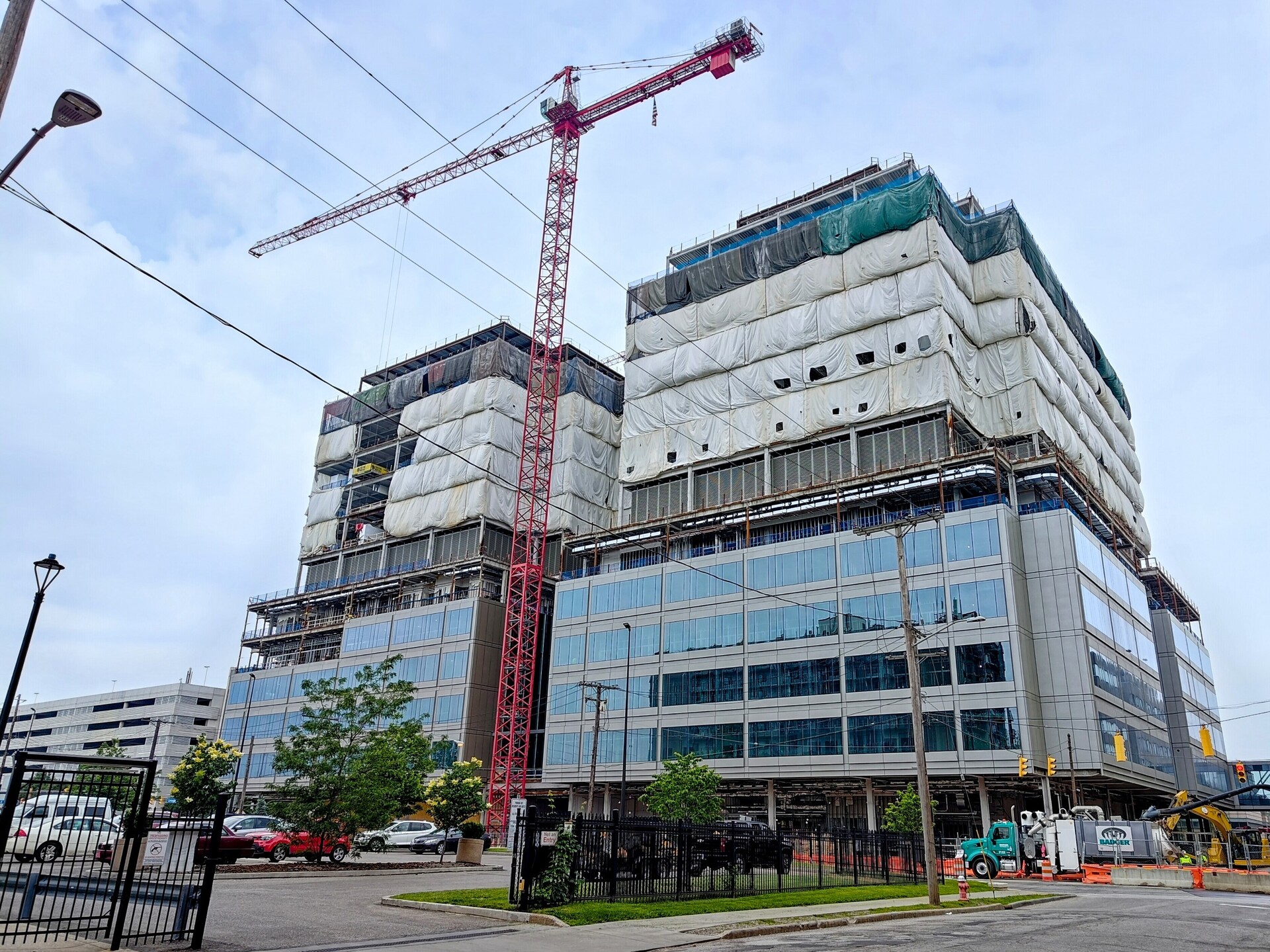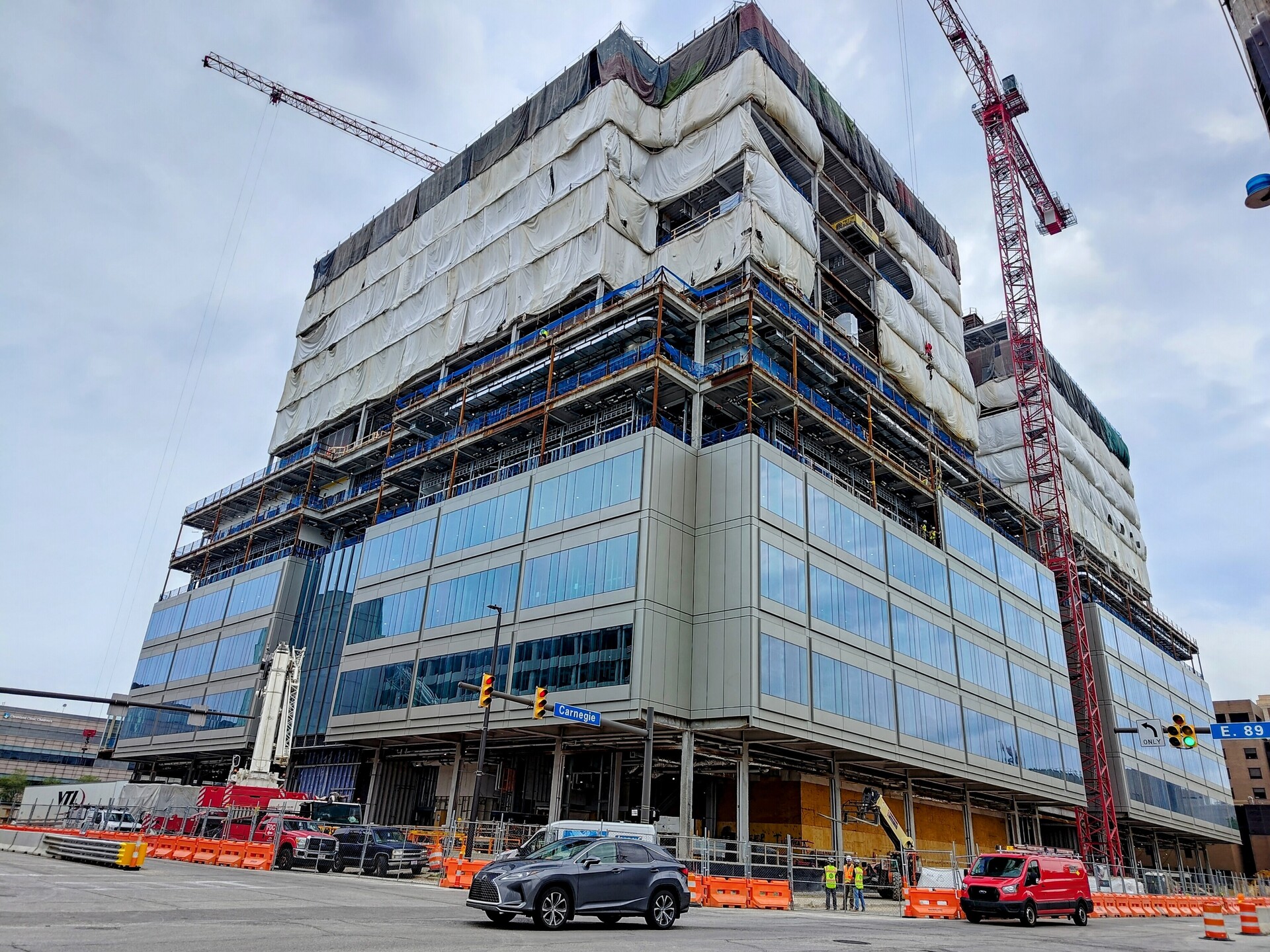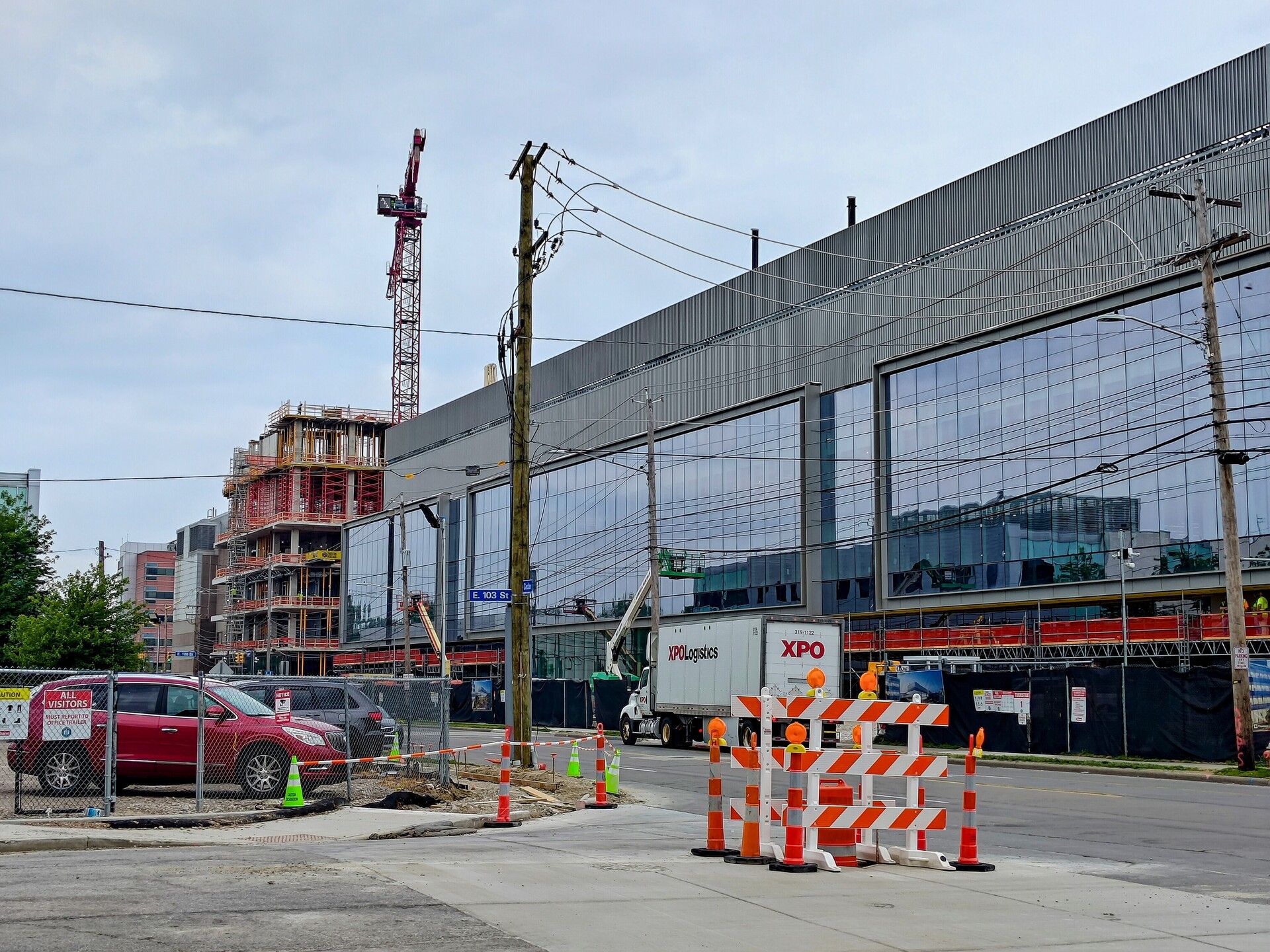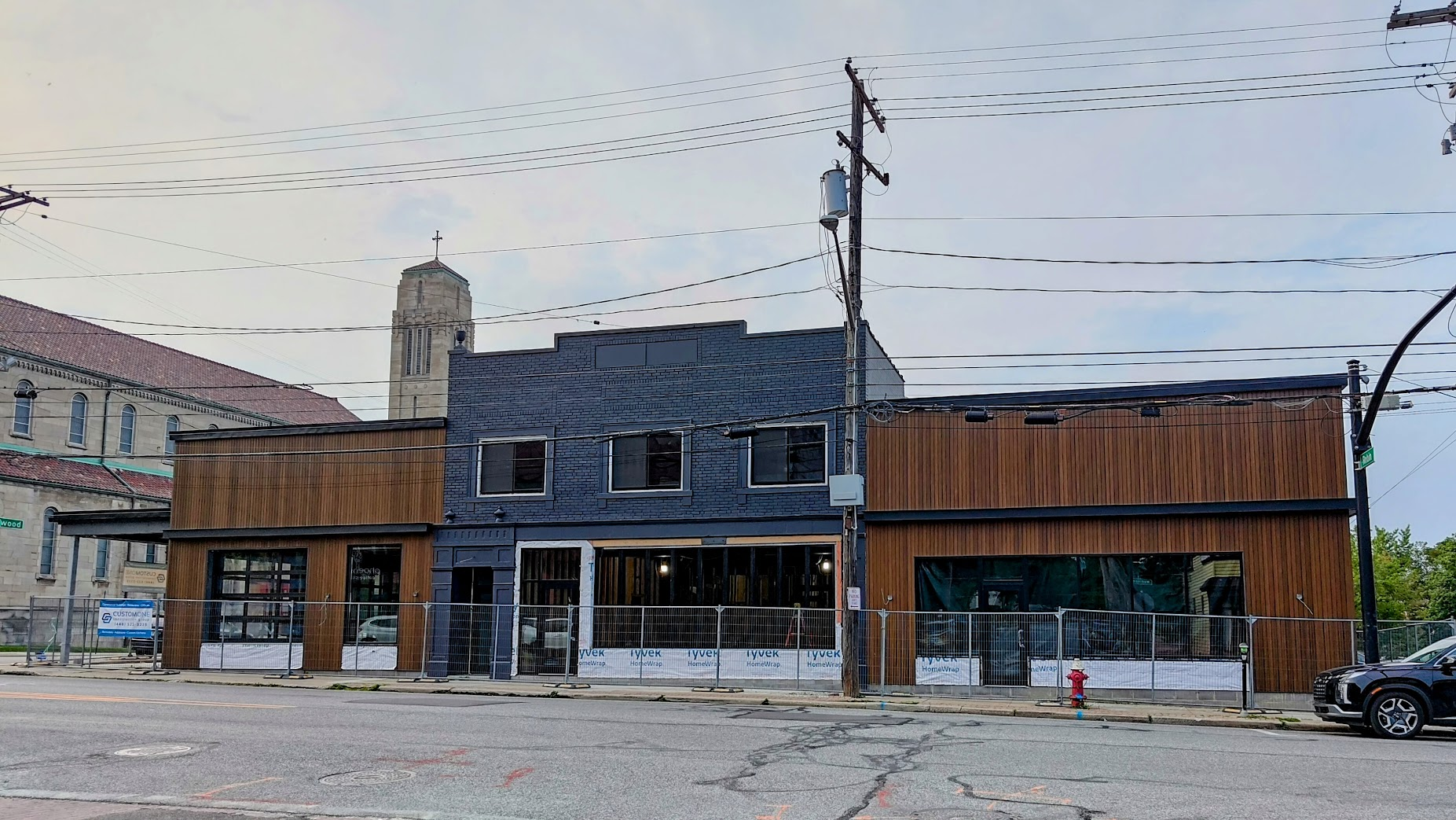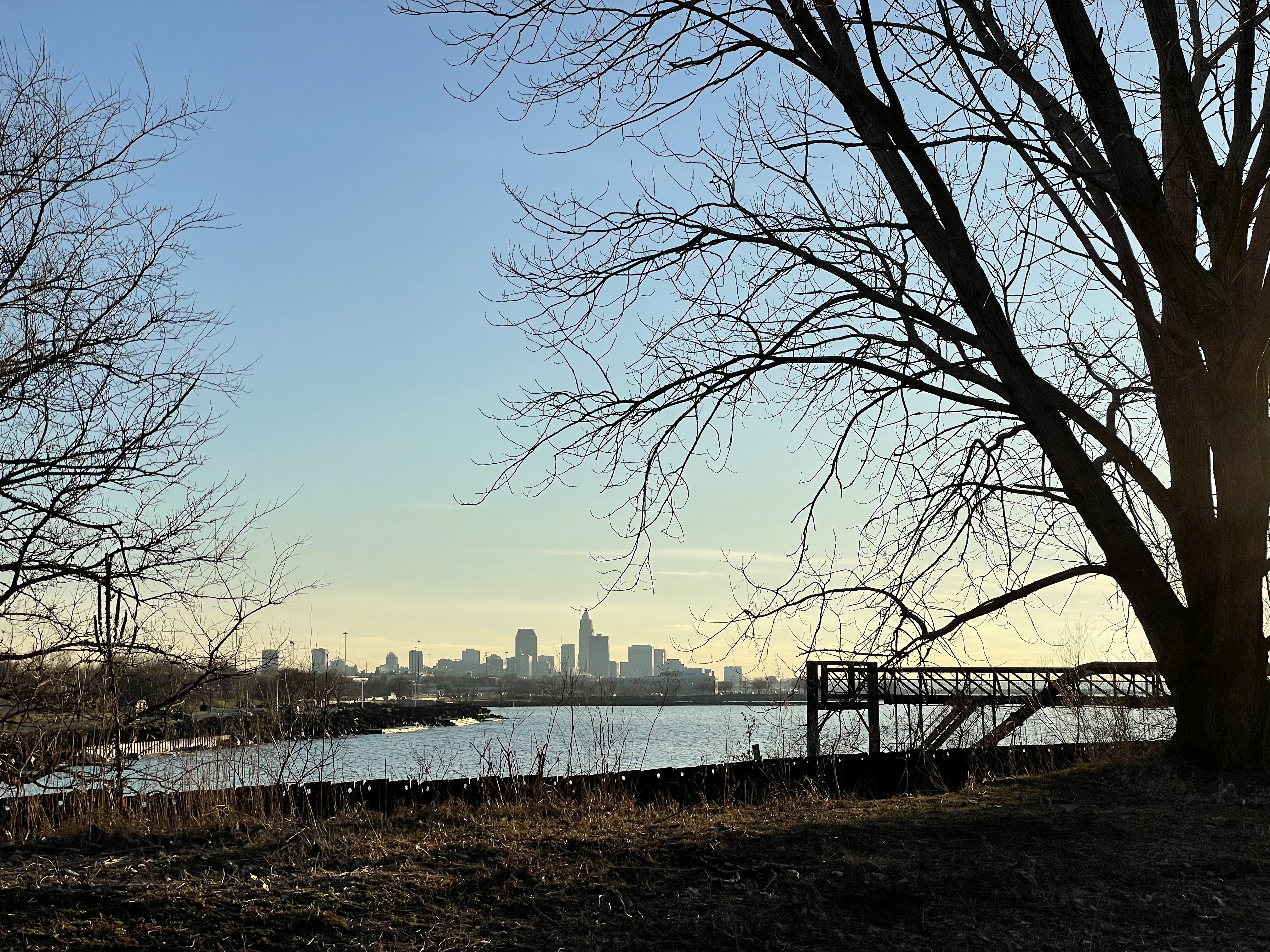
Everything posted by sonisharri
-
Cleveland: St. Clair-Superior (non-Asiatown): Development and News
To add on to what others have said, the point is to build as much (or as little) as is deemed necessary for the context of a particular project. I think the new Ohio City hotel is a great example of how it can go both ways—since other properties had an excess of parking, very few new spaces were included in the development. If parking helps get new housing built in Asiatown, all the better. Since the new residents won't require street parking, maybe that will enable smaller developments to go parking-light in the future.
-
Suburban Cleveland: Development and News
-
Lakewood: Development and News
-
Cleveland: Detroit-Shoreway / Gordon Square Arts District: Development News
Calling a single family infill development on a standalone lot that formerly had two houses "NYC style density" (or even apartments next to a rail station as suggested) is certainly a stretch. Cleveland's housing prices are rising rapidly because of an abundance of demand, and building additional homes on vacant lots is completely warranted. Most of us are not advocating for anyone to surrender their backyards and be forced to accommodate dense development. We are simply supporting property owners' rights to develop their own land in a free market.
-
Cleveland / Northeast Ohio: "What If/Hypothetical/Dream" Construction and Projects Discussion
I think you have a point here (though a lakefront Great Lakes Brewing is still a really cool idea). I would much rather see them build it at the lakefront-ish site at E 72nd chosen for the Urban Land Institute competition. They could start out with some commercial uses and maybe incorporate housing over time. It's location next to I-90 would probably be helpful for logistics. The stadium site has the potential to deliver something far more beneficial to the city and the public, especially considering how little of the lakefront is accessible at all.
-
Cleveland: Detroit-Shoreway / Gordon Square Arts District: Development News
I grew up in rural Maine with a 6.5 acre, partially forested backyard next to oceanfront hiking trails. My quality of life improved significantly when I moved to an apartment in Cleveland without a yard, because it meant I was constantly close to other people. Affordability heavily affects quality of life as well. So the relationship cannot be observed in isolation. Access to greenspace is important, but some people prefer neighborhood parks and trails to small, private lawns.
-
Greater Cleveland RTA News & Discussion
I remember a post on Reddit claiming the work could be complete by November (?), but I'm not sure how recent that information is. I'm hoping it will be complete by end of year because I will be walking 30 minutes to the next station until then.
-
Cleveland: Detroit-Shoreway / Gordon Square Arts District: Development News
-
Cleveland: Clark–Fulton / Stockyards: Development and News
-
Cleveland: Fairfax: Development and News
-
Cleveland: Midtown: Development and News
-
Cleveland: Ohio City: Irishtown Bend Park
-
Cleveland: Duck Island: Development and News
-
Cleveland: Scranton Peninsula: Development and News
-
Cleveland: Ohio City: Development and News
-
Cleveland: University Circle: Skyline on Stokes
-
Cleveland: Downtown: Tower City / Riverview Development
-
Cleveland: University Circle: Cleveland Clinic Developments
Here's a big round of East Side development pics before I pack up for Lakewood... Neuro Institute Global Center for Pathogen Research
-
Lakewood: Development and News
K-Town Restaurant & Market (Misencik Funeral Home redevelopment) I actually just got a new apartment in Birdtown, so I'm looking forward to getting some more development pics in the Lakewood area this summer!
-
Greater Cleveland RTA News & Discussion
From what I understand, the Red and Green/Blue line trains are different widths so at least one set of stations needs to be modified to accommodate one set of rail cars across all lines. The advantage of using one set of rail cars is obviously that there's more flexibility across the system. And it's probably easier to extend narrower platforms than shrink wider ones.
-
Cleveland: Tremont: Development and News
Could be that the rumor is just a game of telephone regarding the development next door, and the facts just got mixed up along the line...
-
Cleveland Heights: Development and News
This part of Cedar could definitely use a road diet. However, even as-is the lot could fit 3 houses with far larger footprints than many of those nearby. I think it is typical for suburban NIMBYs to assume that small yards imply small homes.
-
Cleveland Heights: Development and News
It's absolutely insane that anyone could call 2,450 to 2,950 square foot houses "tiny homes." I'm not sure how big these people think a "normal" home is supposed to be. With the Ascent project built, the vacant lot across the street feels highly out of place. While this neighborhood could really use a new park, I don't think this is really the best location given that the traffic here on Cedar is so fast and difficult to cross. Personally, I think one of the surface lots behind the commercial buildings on Cedar could be turned into a much better green space away from the noise.
-
Suburban Cleveland: Development and News
I think this statement is true in many cases (especially in extremely car-dependent cities), but when talking about roundabouts it's not very useful to speak in absolutes; that applies to both the "every intersection should be a roundabout" people and the "roundabouts are always bad for pedestrians/cyclists" crowd. The issue is that both large multi-lane circles that cater only to cars, as well as compact ones with separate bike lanes, fall in to the "roundabout" category. Just like most design choices there is a right and wrong when it comes to both appropriate location and implementation. In the case of North Ridgeville, I would argue that it provides a physical means (more than a light) forcing drivers to slow down for crossing pedestrians. In a suburban setting like this, it is also relatively appropriate for a cyclist to walk a bike across a crosswalk if biking through the circle is not feasible.
-
Cleveland: Streetscape Improvements
Of course. We should absolutely be promoting density in the core, and better transit will make that more attractive. However, there's still the reality that inner ring suburbs are heavily built up; even for people living in dense neighborhoods in the core, trips to visit family members, stores, and even take advantage of some job opportunities will require trips further out for many years to come. If we want to enable people to live car-free, these trips need to be accessible too. I basically agree on all of these points. If there's any chance of new rail lines getting built in the next 15 years, I'm 100% in favor of it. Heck, maybe even just pushing for a streetcar will result in significantly improved bus service in the absolute worst case scenario. I'm operating under the assumption that RTA will refuse to build rail of any kind for many years. If this is truly the case, I don't see any reason to oppose incrementally better transit in the short term—and hopefully help encourage the types of development that would make a streetcar more attractive. By the time any solid plans, routes, vehicles, etc. for a streetcar line are actually in place, it will probably be time to redo the street again anyway, and ridership demand will be proven. Even in the best case scenario—let's say that RTA suddenly changes their mind and decides to lean heavily into new streetcar lines, the state and/or federal administrations immediately start directing funding toward identifying new urban rail transit routes and construction, and regional planners are unanimous in supporting a Euclid-West 25th alignment—how many years will it be until that breaks ground? And if this is really a corridor that deserves transit-oriented urban development, are we supposed to maintain the status quo (a 4-lane, pedestrian-unfriendly thoroughfare) in the meantime? Or embrace a road diet that keeps buses in mixed traffic, but with even fewer lanes? I also agree with you about Chester Ave, but I don't think the funding for bus lane paint on West 25th will be enough to cover the magnitude of the necessary changes.




